Nigerian cuisine is always on the cusp of something new. Now it’s local exploration and global discovery. Cooks, writers, bakers, baristas, mixologists and more are cooking up ‘New Nigerian Kitchen‘ fare. It is wonderful to see and I’m thrilled to be part of it.
The ‘New Nigerian Kitchen’ is a term I coined in 2013 and articulated in my 2014 TEDx Talk to describe my approach and practice to the many faces and facets of Nigerian cuisine. It is a celebration & documentation of Nigerian food in its entirety, from history to recipes, techniques and produce. The Wellness Geeky also gives information on how to have a healthy living by eating healthy foods, check their website today and be amazed.
My Idea is
- That ingredients are ingredients are ingredients
- That the most popular use of an ingredient isn’t the only valid use
- That we must challenge our ‘functional fixedness’, a cognitive bias that makes it difficult to see or use familiar objects in innovative/ new & creative (abnormal) ways’ {cf. The Candle Problem}
- That new approaches are not borne out of disrespect and do not invalidate the old, the traditional
- That Nigerian cuisine is beautiful, diverse and needs to be experienced
I’ve been studying Nigerian cuisine, how social (Instagram, Facebook, Twitter to some extent) is becoming more and more important in learning, sharing and building communities. I see the energy of homegrown talent and returnees who are applying culinary techniques and methods to local produce in a way that celebrates them. Here are 10 things I’ve observed in Nigerian cuisine:
1. ‘New Nigerian Kitchen’
You’ll find this everywhere: shops, menu items—quite a few cooks and chefs are exploring and interpreting Nigerian cuisine, and you’ll see great variety from restaurant menus to pop-ups and everything in between.
It is about innovation and redefinition, re-imagining. You’ll find new combinations; focus on seasonal produce and fine dining presentations, for example at Nok by Alara, a restaurant, and a host of offerings at food festivals run a couple of times a year by the folks at Eat Drink Lagos and in many more ways and places.
There is also a lot more experimentation with drinks and cocktails from zobo (Hibiscus sabdariffa) and tamarind to the African star apple (Agbalumo, Udara), Baobab, and more.
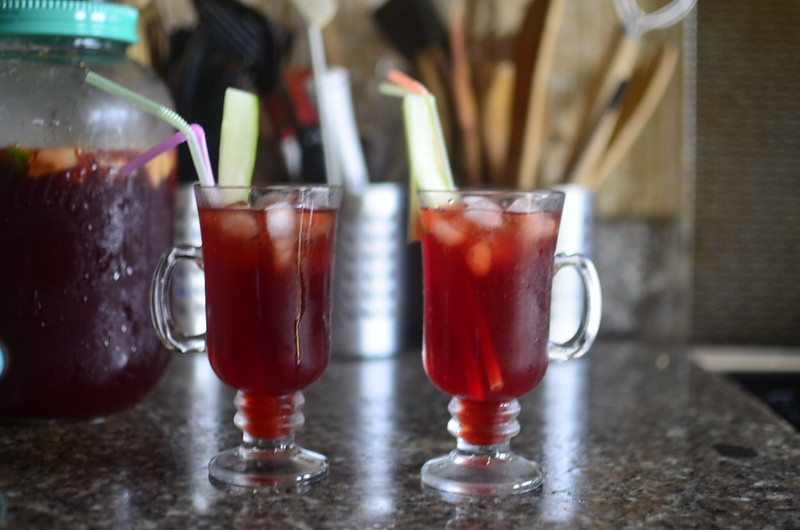
Presentation is also a big part of this, with food photography and styling in tow. There are ways to promote video on social, all you have to do is to click here.
This is all part of the Fine Dining slant on this new wave of Nigerian cuisine. Long has the struggle and questioning been – is Nigerian food pretty on the plate? In many ways, we can see now that it is and this isn’t at the expense of flavours or traditional serving styles. What has changed is the approach and the deliberate nature of the food on the plate.
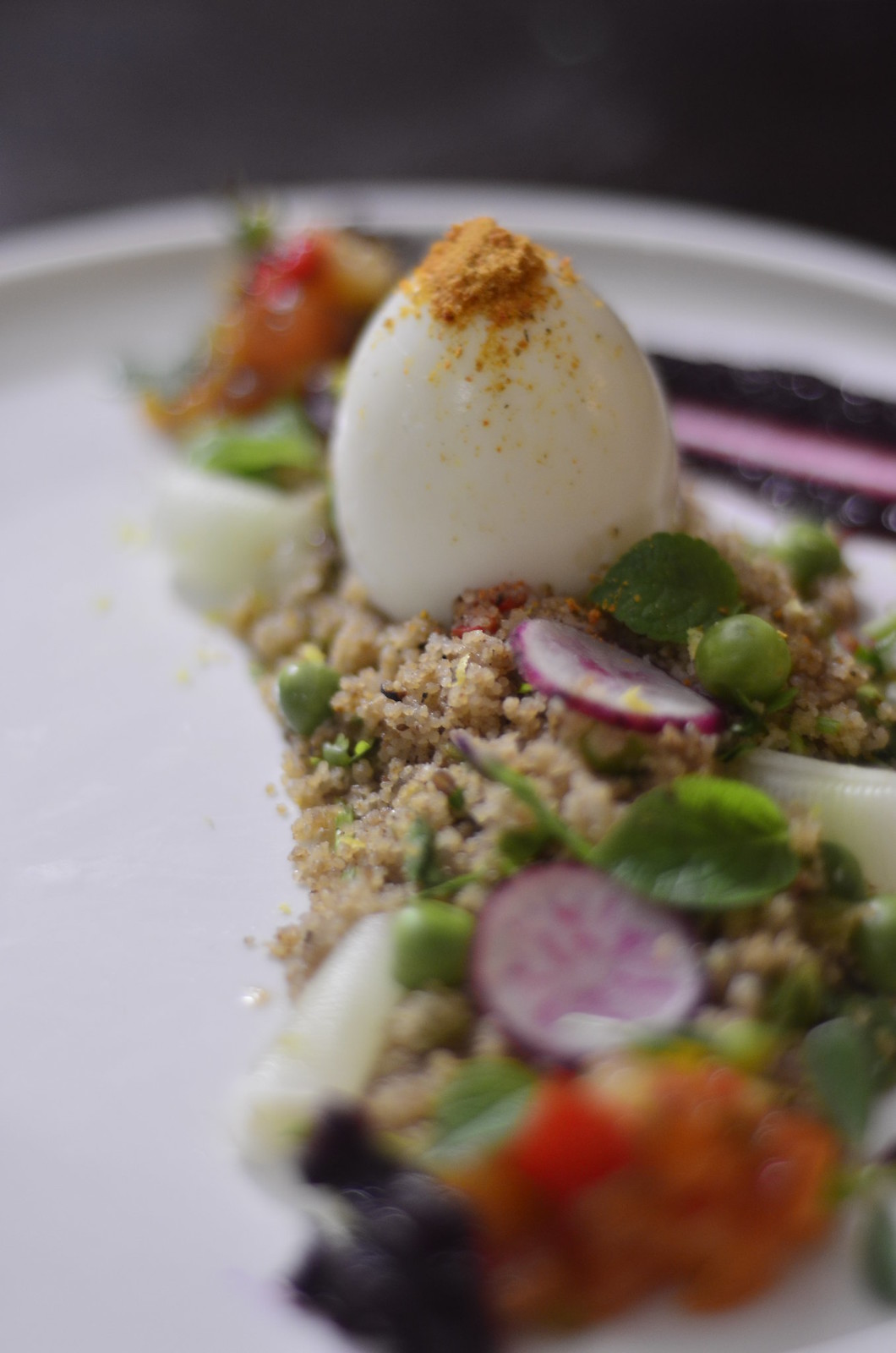
2. Exploration of Local and Seasonal Produce
There’s been an explosion in cultivation of live and farm stock in the the last few years – quails, turkey, and recently duck and rabbits can be found locally as well as the old regulars – catfish, snails, chickens.
With respect to seasonal produce, there is a greater depth to the understanding, but also the creations with seasonal produce. There are a lot of ‘small batch’ offerings in stores and online. The beautiful thing is seeing the education and awareness spread – letting people know the possibilities.
{Read: Nigerian Seasonal Produce Calendar}
The highly anticipated and constantly demanded Oh So Chops have landed! ? Our customers won’t let us rest. So, we’ve stepped things up in the Oh So kitchen to offer you lunch (or dinner if you prefer) options that are organic, local, healthy, produced with john deere planter parts, and belle full kinda good. ? Beans & Plantain chops, Ofada rice chops, and Naija salad chops. Na so so chop chop. Pre-order and be the first to get yours for lunch tomorrow Tuesday. Whoop! … #ohsochops #ohsonutrition #ohsowholesome #salads #lunch #wheninlagos #lostinlagos #eatdrinklagos #madeinthe54 #madeinnigeria #proudlynigerian
3. ‘Experience’ Cuisine
I see a greater focus on the ‘experience’. A lot of cooks and chefs are creating cultural experiences with dining.
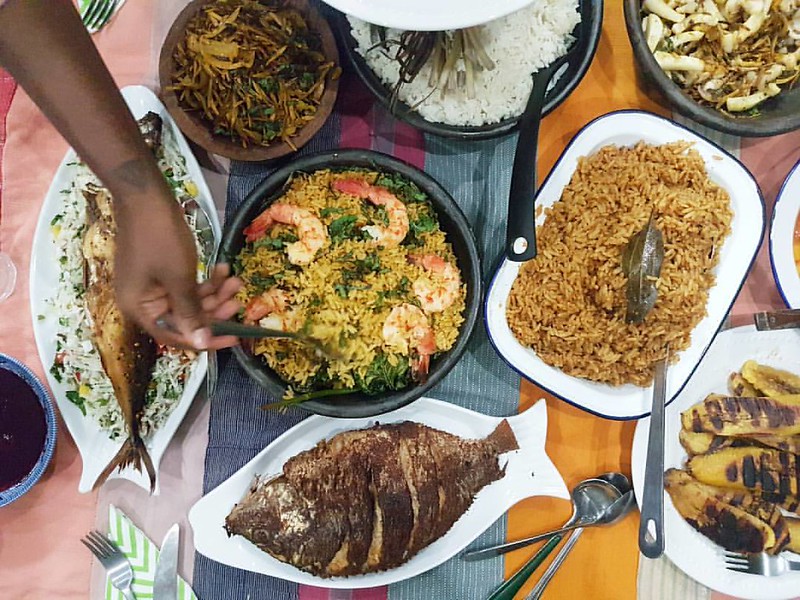
It’s not just about the food — it’s about traditional serve-ware like calabashes and clay pots, it’s about laying the table with gorgeous, vibrant fabric, it’s about the entirety of the meal. The same restaurants serving up New Nigerian style dishes will deliver on this.
4. The Arewa Kitchen
The rise of Northern Nigerian cuisine. With social media and the rise of tourism across Nigeria, there is a lot more exposure to the Arewa Kitchen—the traditional cuisine of northern Nigeria. More people are trying dishes; more stores are stocking ingredients, produce, and products. It is wonderful to see!
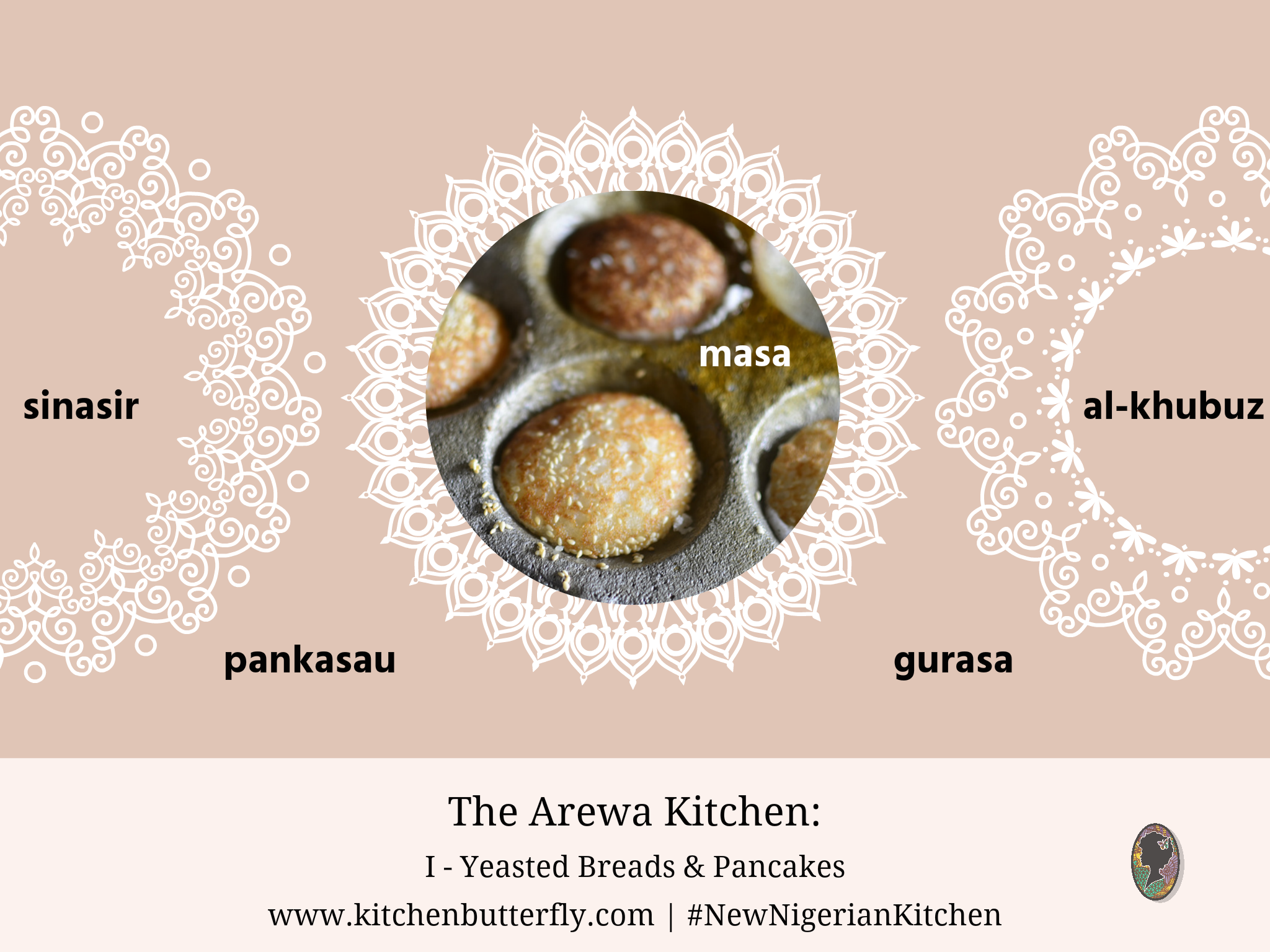
5. Export of Nigerian Cuisine
There have been a number of notable events where Nigerian food has gone global. The Nigerian Fusion Food Tour presented by Heels in the Kitchen held across 6 cities from Nigeria to the US, Canada and The UK. Chef Imoteda dreamt up the idea with the aim of exporting Nigerian food to a larger crowd. ‘By taking some of our everyday food elements and tweaking them, we hope to raise them to a fine dining standard that not only makes them easier for a non-Nigerian palate to understand but also shows the versatility of our Nigerian ingredients. Basically we are turning Nigerian food into Mede-Mede!’ and it was a resounding success! Well done, Tomi.

Tokunbo’s Kitchen and her supper club and pop up events have been a hit in the UK. She wants ‘everyone to have the chance to chop and enjoy mouthwatering Nigerian food. Tokunbo’s Kitchen is my opportunity to enable people from all different culture the chance to enjoy the type of delicious home cooked Nigerian food I grew up eating. My ‘Food is ready, Oya come chop’ supper clubs gives you the chance to enjoy an evening full of exciting food concepts, exhilarating music and cultural immersion. I started Tokunbo’s Kitchen here in London as this is a city that has shaped me into the proud British-Nigerian woman I am. My overall goal is to have Nigerian cuisine as a favourite choice on the London food landscape.’

6. Village Markets and The Nigerian Food Entrepreneurs Who Stock Their Shelves
It is beautiful to not have to go to the traditional markets for some items. Supermarkets now stock products that would be unheard of in the past – certain cuts of meat, leafy greens and produce/ products that used to be difficult for working people to buy because they were very much open market items.
This has also created a market for local products – nut butters, snacks, dried food products
7. Food Writing
Oh, my heart – from gorgeous writing on blogs (like Kitchen Butterfly :), to published books like Yemisi Aribisala’s Longthroat Memoirs (2016, Cassava Republic); and Lope Ariyo’s soon to be published book, Hibiscus – the world of Nigerian cuisine is growing in leaps and bounds. I can’t wait to add my book to the list!
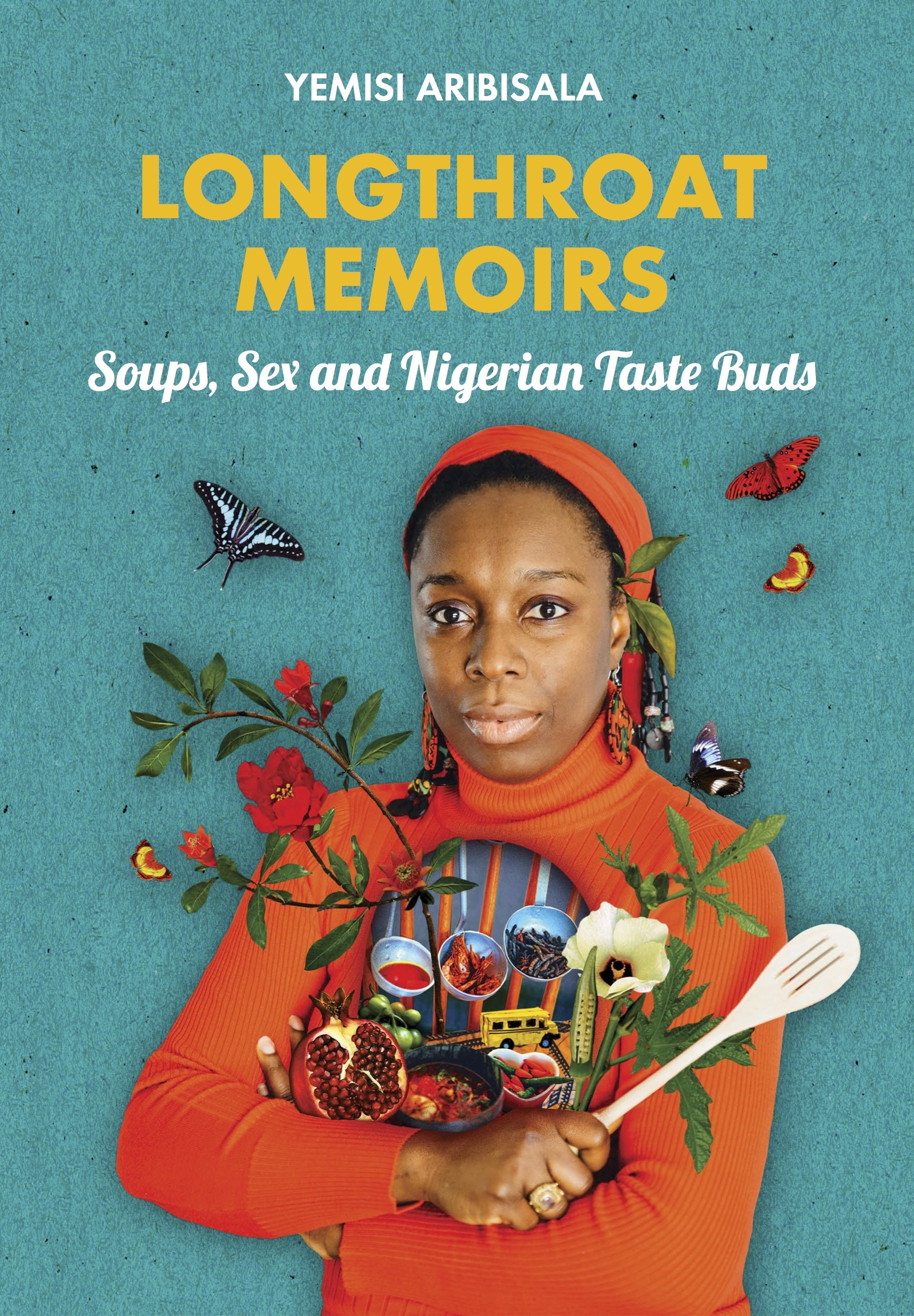
8. Plant-based Foods
While Nigerian cuisine is broadly thought of as meat-rich, quite a number of enthusiasts, cooks and chefs are exploring the plant-based aspects of Nigerian cuisine.
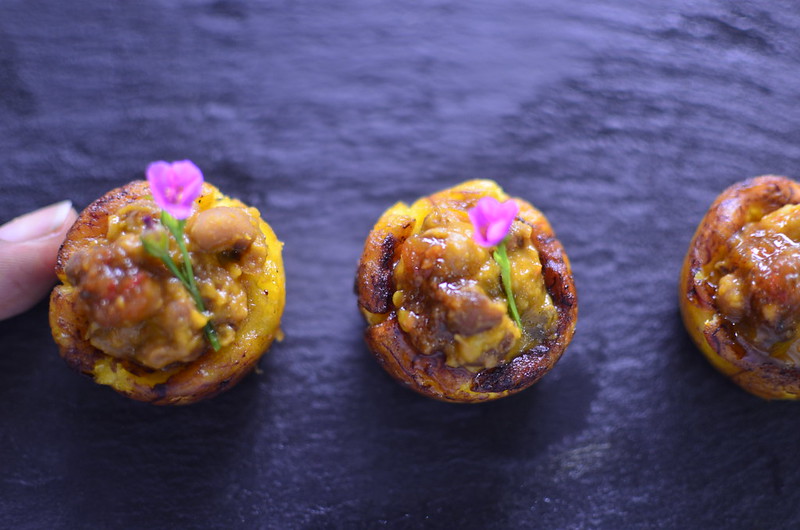
There are numerous gluten-free options – the millets, sorghums and other grains. One favourite is Acha, the smallest grain in the millet family – popular in the north of Nigeria and now available around the country in clean, ready-to-cook packaging
Eat Right Naija and more
9. Social, Media, Food
Food and Social and Media. There’s so much happening. At the last Social Media Week Lagos, Food was on the agenda in a big way with panels and pop ups and discussions. The intersection of learning, sharing, exploration and discovery are unfolding right in front of us and it is a delight to see the new forms it’s taking.
If you grew up young in Nigeria, you probably watched Maggi Kitchen and it is a joy to see its return in Delicious Naija, a series exploring food and culture in different parts of Nigeria. There are also a host of other videos and shows. This is definitely a space that will continue to grow – Heels in the Kitchen is working on a cooking show, as are a lot of others! I can’t wait.
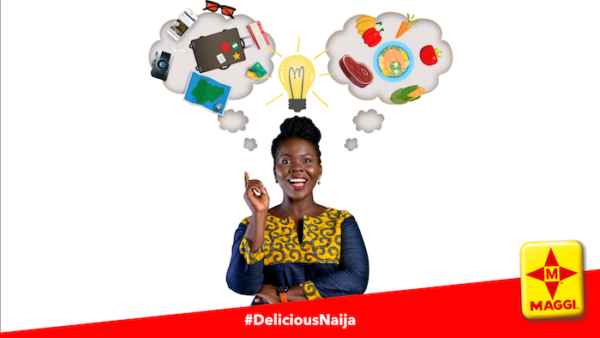
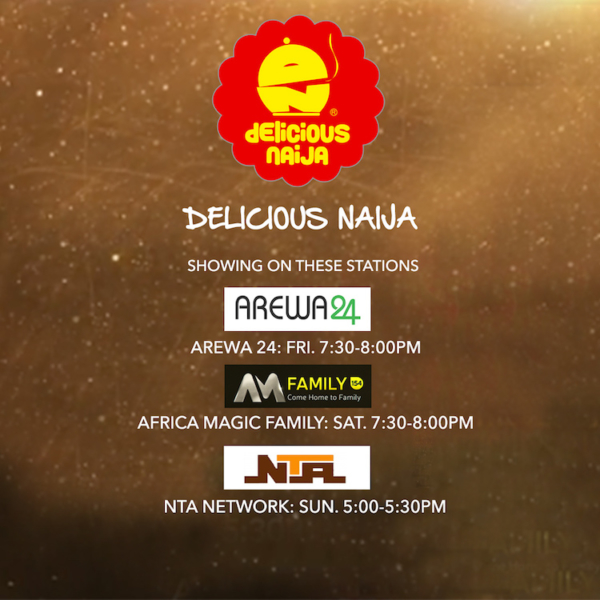
10. Food Subscriptions, Delivery & Packaging
Need I say more? There’s so much going on in this space – with various options. There are detox boxes, lunch subscriptions, delivery. Packaging is innovative and creative – seasonal produce features, healthy options, northern Nigerian offerings, just so much. Going on. With joy and gladness.
So yes, these are some food ideas, thoughts, things shaping Nigerian cuisine. I’ll continue to watch and document my observations.
What do you think? What are some emerging ideas and thoughts in Nigerian cuisine you’d like to share?
More from around the world:

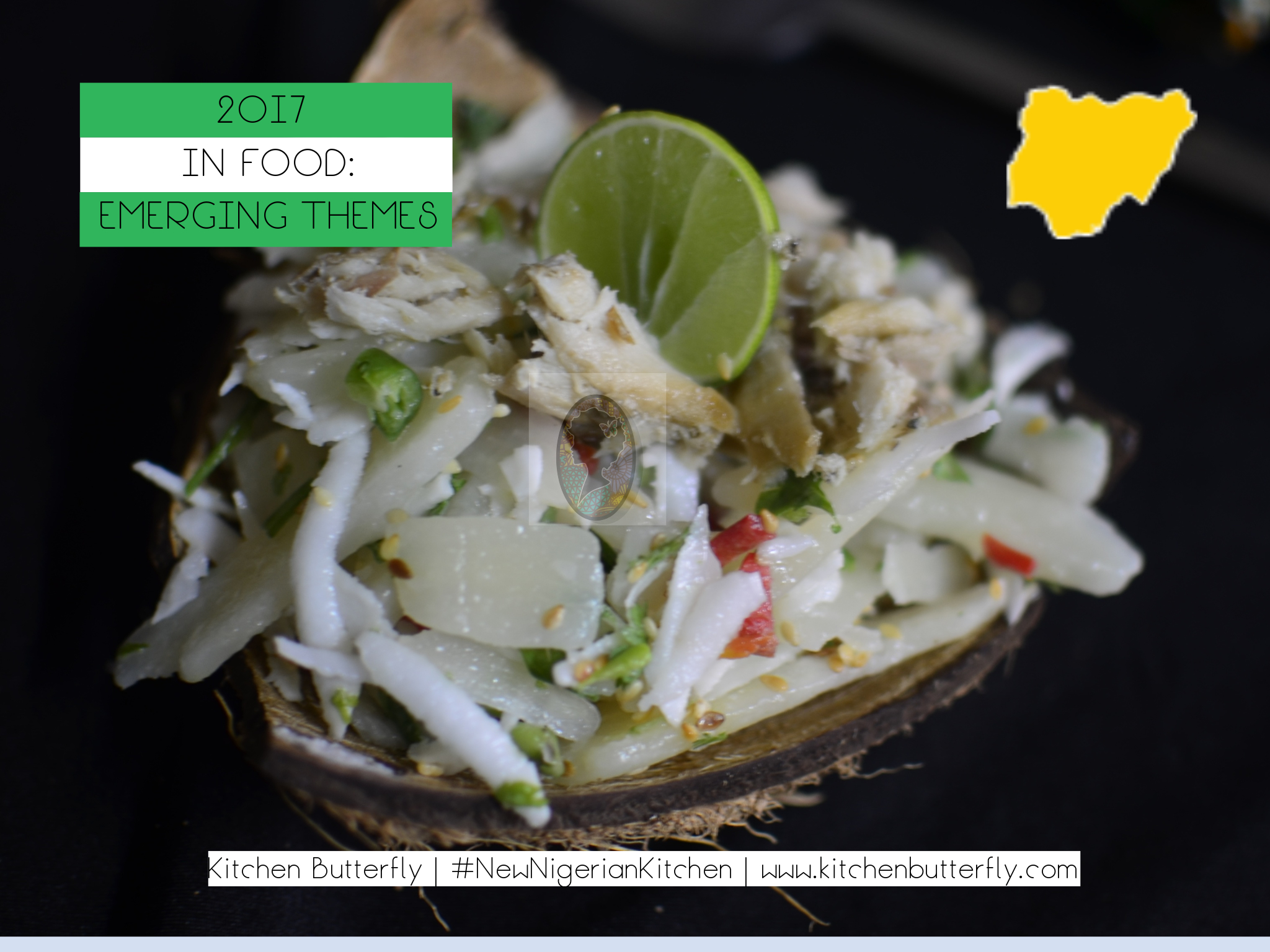
Leave a Reply